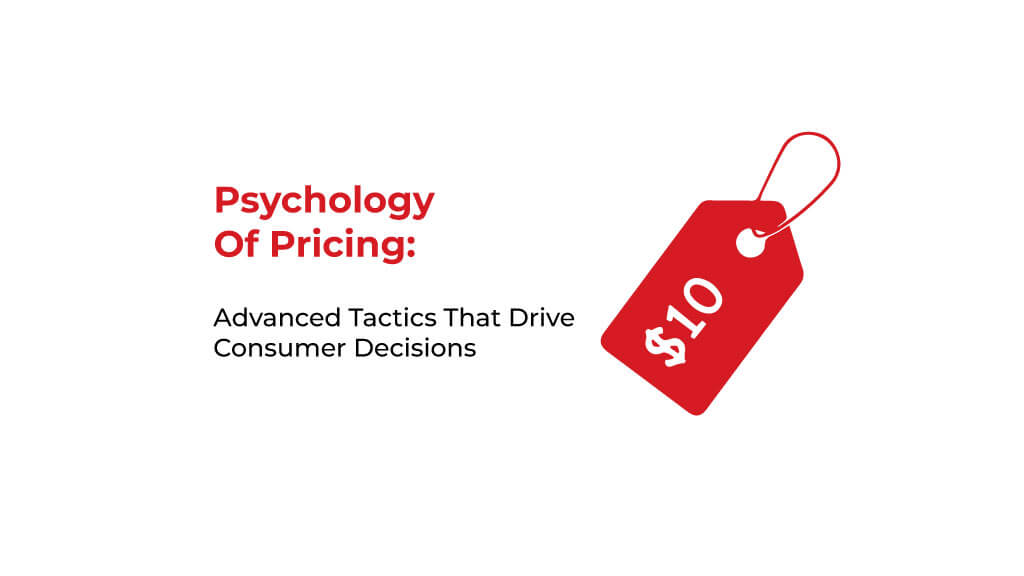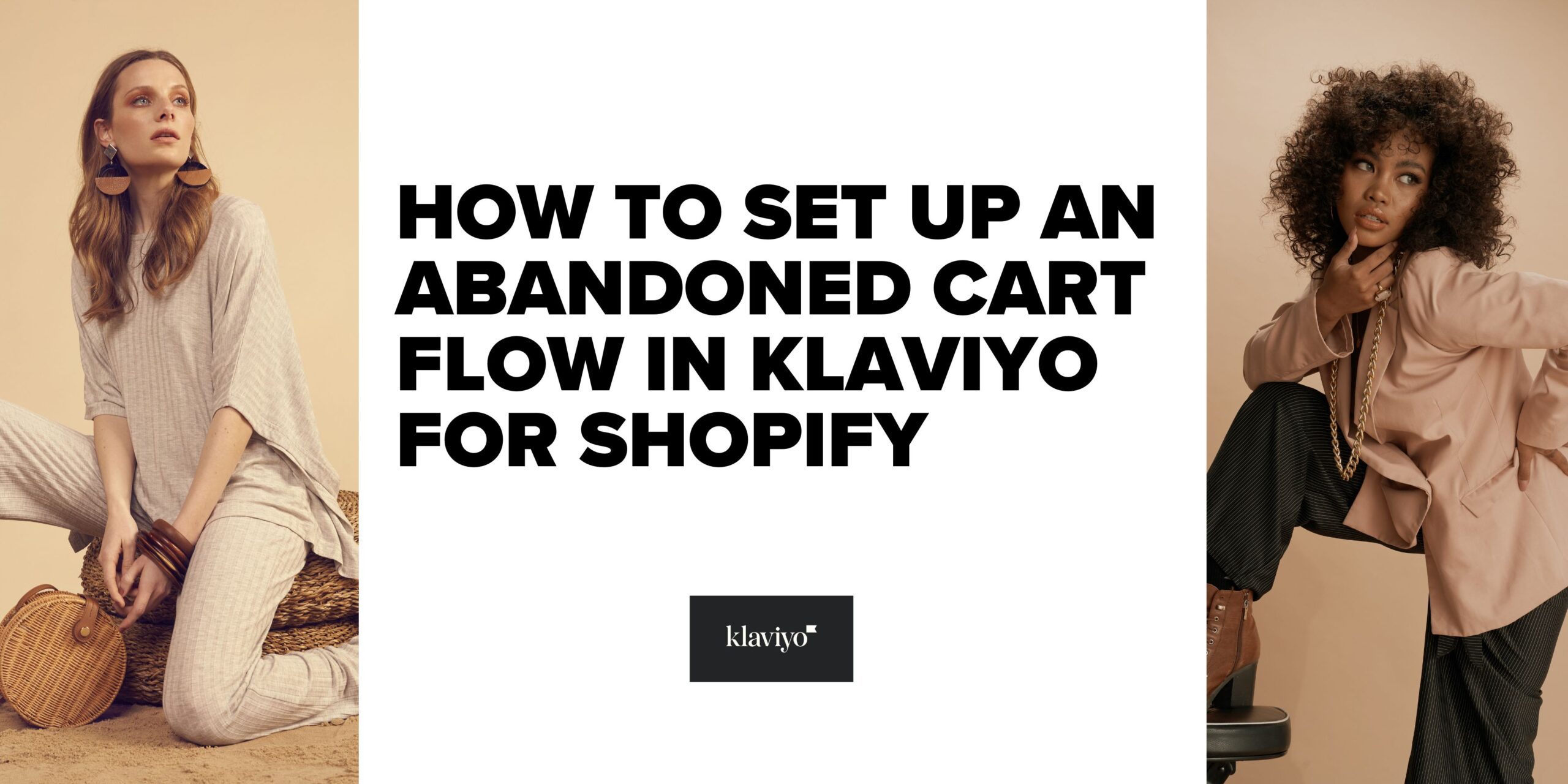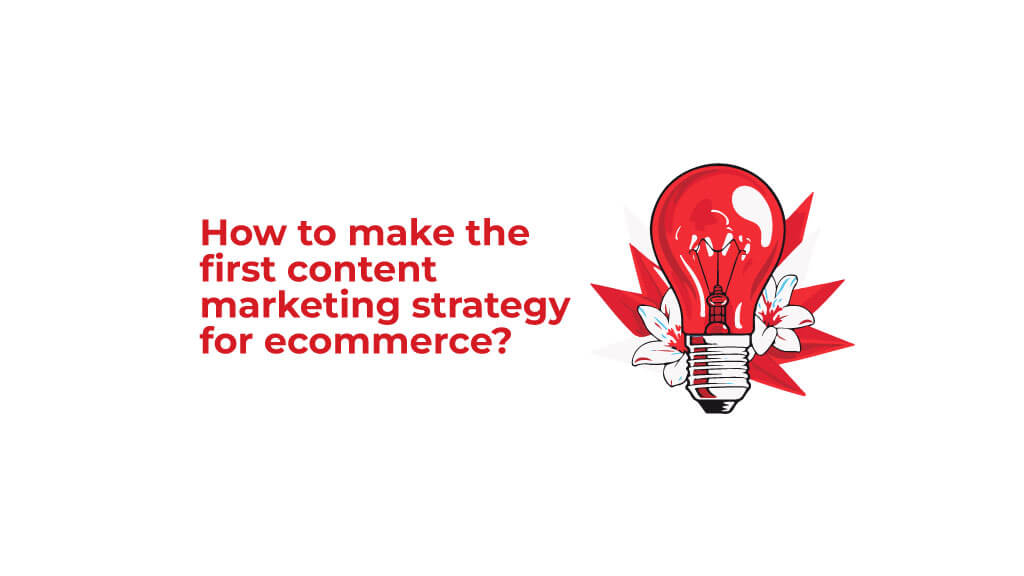You can make your customers think what you want by tapping into their unconscious minds. But how? We will disclose this information.
A 2021 university joint study found that psychological pricing boosted retail sales by 60%. This is how psychological pricing strategies work in an e-commerce business.
If you own an e-commerce business, you must learn about a customer’s psychology. What does a potential consumer think when he reads the price tag on your products?
Different people perceive in different ways. Millennials are always in search of bundles or low-priced items, while some people consider a high-priced product a luxury item.
You need to analyze your potential market and customers before making your psychological pricing strategies.
Your pricing strategy must align with your target consumer behavior and psychology. People nowadays are not searching for a particular product; they are searching for value and experience. They demand that a specific product will change their lives.
Gen Z is especially conscious of this point, so if you are dealing with Gen Z, good luck with your psychological pricing strategy.
This blog focuses on different psychological pricing strategies and how to convince your consumers that you are offering them more value for less money.
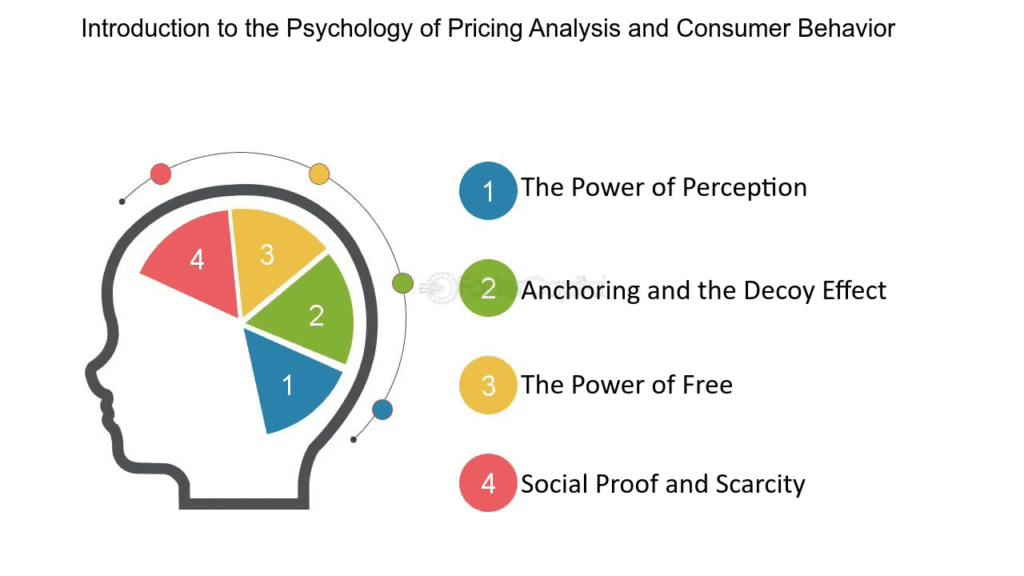
Understanding the science behind consumer behavior and psychology
Understanding your target consumer market is the key to success. Two major factors affecting consumer buying behavior are cognitive biases and emotions. Let’s discuss these two in detail, as these will form the basis of consumer behavior and psychology.
What are cognitive biases?
Cognitive biases are patterns created by our brains that help us make decisions based on perception or experience without thinking about logic. This means they are shortcut thinking methods that lead us directly to a decision without bothering to think about practicality, logic, or the statement behind it. They help us make quick decisions.
For instance, your loved one is getting robbed, and the first thing you are going to do is to protect your person without thinking about what outcomes it will bring if the robber gets hurt in this process. This is how we care less about logic and decide more with emotions.
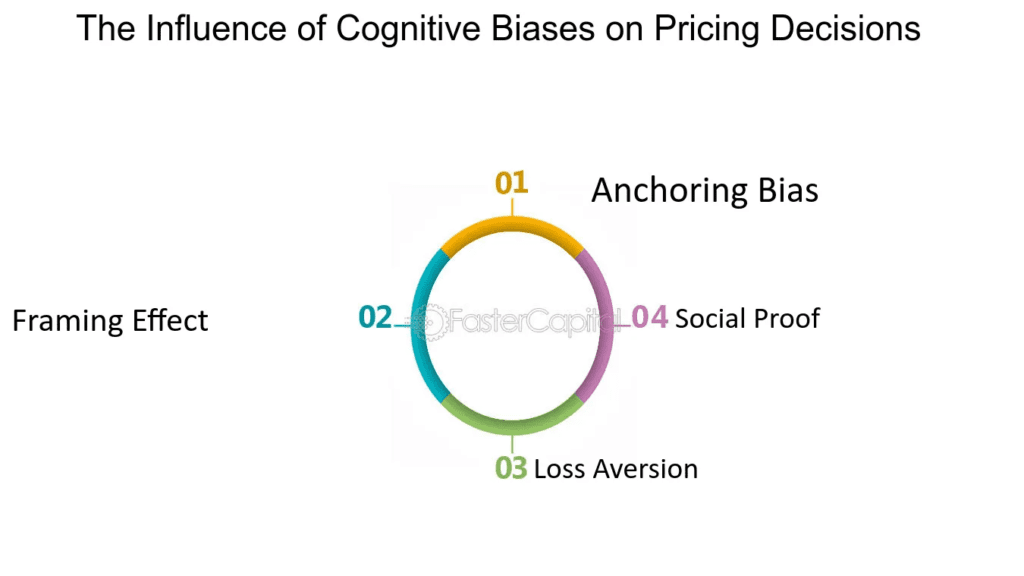
1- Loss Aversion
Loss aversion refers to the process in which the buyer becomes sad about losing something more strongly than the happiness of gaining that same thing.
This means that when you lose a product, you will feel more sadness, which will be much more than happiness if you get that thing.
Loss Aversion Example
If you find a random $100 bill on a street, you will get excited, right? But if you lose your $100 bill while walking, the sadness will be much greater than the happiness.
If we take an example of e-commerce loss aversion, I might say that we see discounts on different grocery products. Your mom is desperate to get that grocery product at a discount. If she avails of the discount, she will be happy. But she will be very disappointed if she misses the chance to buy that discount product. This is how loss aversion works.


2- Price Anchoring Bias
This is a pervasive bias that we see in our daily lives. In this price anchoring bias, a product is set at a high price for some time, and then, when the price is lowered, the consumers find it more interesting and appealing. This happens in most sales. Sometimes, when we see a high-priced product in one shop and the same product in another shop but with a low price, we are convinced to buy the low-priced one. “Even if the price is not low enough”.
To understand price anchoring bias, here’s an example:
You are standing in a clothing store and see a shirt with a price tag of $100. You look at the other shirt and see the price tag of $50. You will buy the $50 one because, subconsciously, your mind signals that you are saving some cash.
We usually see the pricing strategy, anchoring bias, on Amazon. During sales, Amazon price tags of products are marked by a cross sign, and a discounted price is written after the actual price. This creates price anchoring bias.
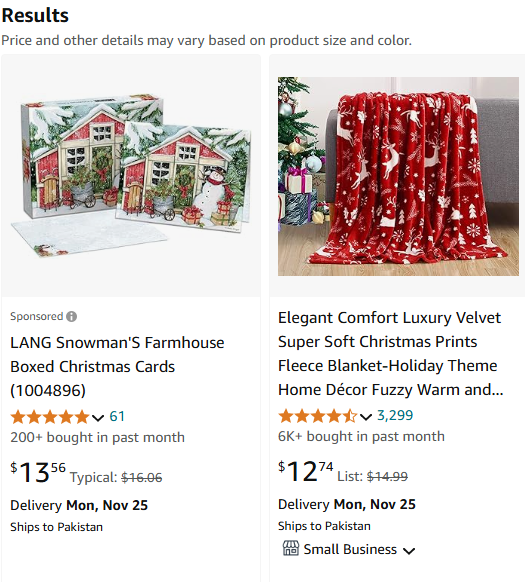
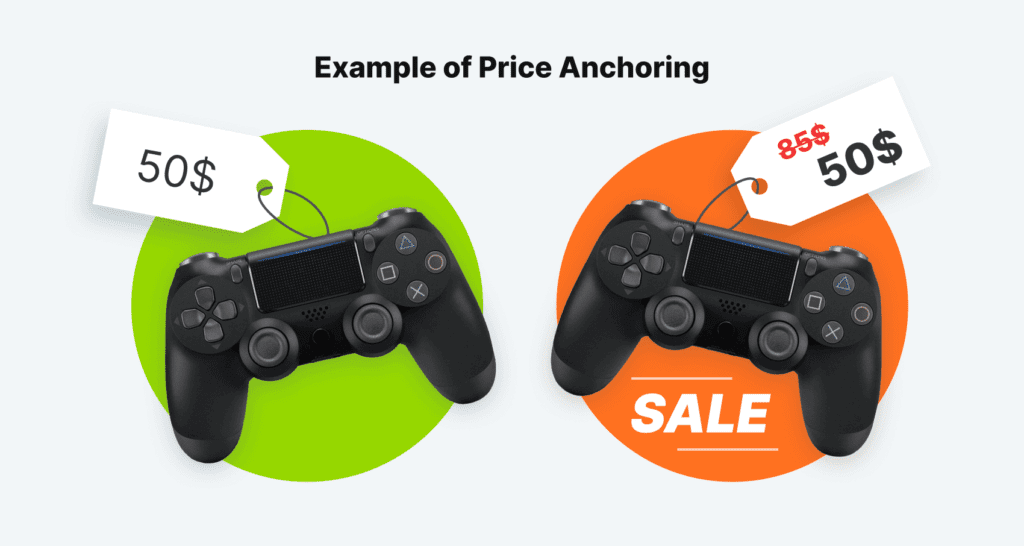
The role of emotions in pricing
Pricing does not just involve products; it also involves emotions. As said earlier, Gen Z focuses on products that give them value and experience. If someone buys a Chanel bracelet, they will be more interested in the luxury tag they will get by buying the bracelet rather than the actual features or benefits of that product.

Round Numbers vs. Charm Pricing
In this psychological pricing strategy, round numbers such as $10 or $50 give a sense of “clean” and feel easy. It is extensively used for luxury or premium items.
On the other hand, $9.99 or $49.95 prices are also the charm price. They make the product cheaper by making our brain focus on the first digit. For example, $9.99 would be closer to $9 rather than $10.
Emotion of trust FOMO (Fear of missing out)
Transparent and honest pricing builds trust with customers. For example, if the brand communicates the reason for charging a certain amount for a specific product, the tendency to buy will increase.
Fear of missing out, or famously said FOMO, is a clever emotional trigger. These flash sales, limited-time offers, and exclusive discounts give an encouraging feeling that people do not want to lose the chance of buying something they may regret afterward. This can be treated as a loss aversion example.
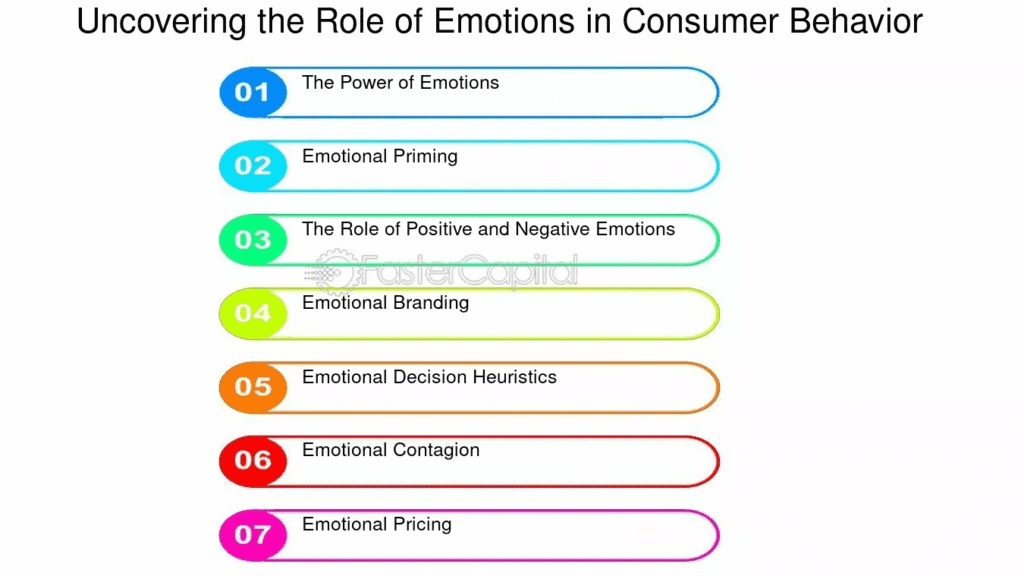
Sophisticated psychological pricing strategies that pay off
Smart Psychological pricing strategies influence consumer choices and make the product more appealing.
Here are some of the most popular strategies explained, using examples to demonstrate exactly how they work:
1- Price Anchoring Effect
As its name suggests, this price anchoring effect creates a standard in someone’s mind. It establishes a standard of what you believe is “normal” or proper. This “anchor” determines how they perceive other prices. When we see a new design of clothes in a shop at a high price, we think this product deserves this price because of its quality, even if other products are of the same quality and at a low price.
Example
The luxury brand displays a handbag priced at $500 and another similar design priced at $300. The $300 bag looks like an advantage because the anchor of the $500 price tells them that these bags are pricey.
How Businesses Use It
- Businesses use high-priced items as anchors so that mid-range offerings seem reasonable.
- Restaurants anchor by having a costly wine on the list so that other wines look economical compared to the expensive ones.

2- Decoy Pricing
In decoy pricing, you create versions of products. It is usually used in grocery or food pricing. When we see three different sizes of ketchup in a store, the largest one always seems more economical. This is the magic of decoy pricing.
Example
A movie theater sells popcorn in three sizes:
Small: $4
Medium: $6
Large: $6.50
The medium is overpriced compared to the large one so that most people will buy the large popcorn.
How It’s used in eCommerce and Retail
- Retailers typically show options of similar products, with one overpriced option making the other two options look reasonable.
- Subscription services typically use a “standard” plan that looks like a better value than the expensive “premium” plan.

3- Charm Pricing
Charm pricing is when you set prices with a round figure, for example, $9.99 instead of $10. Your products look cheaper because our brains fixate on the first number. Charm pricing is one of the most common psychological pricing strategies.
“Charm pricing is a powerful tool. A price that ends in .99 can make a big difference.”
Robert Cialdini
Example
For instance, $19.99 is cheaper-looking than $20 even though it’s only one penny different.
How it works
- Our minds process the figure on the left, so $9.99 feels more like $9 than $10.
- It creates an illusion of a deal, making us want to purchase.
- This is a traditional and commonly used ploy, yet it still works because it appeals to consumer behavior and psychology.
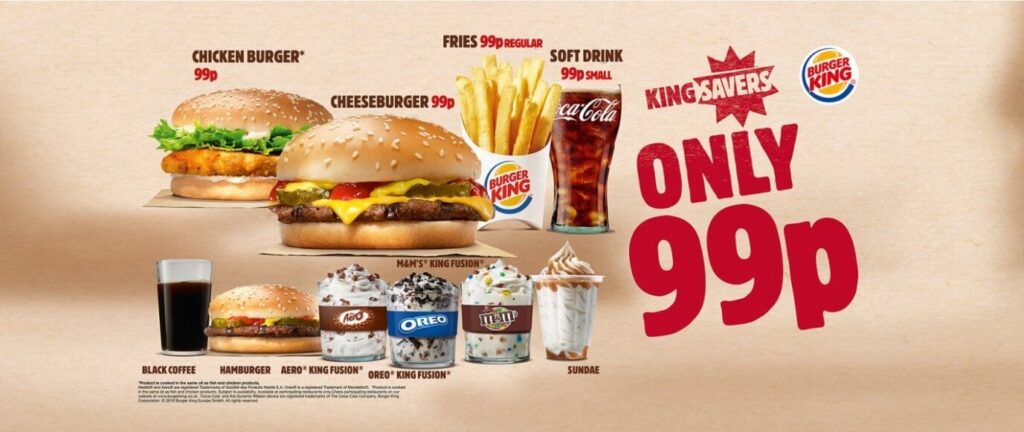
4- Bundle Pricing
In this psychological pricing strategy, you pair two or more products together and set a reasonable price. This way, the customer thinks they are getting more at a lower price. This strategy works great during holidays like Christmas and Halloween.
Example
If you own a skincare brand, you can bundle face wash, cleanser, scrub, and moisturizer and sell it at a reasonable price. This strategy works really well.
Effective Applications
- Fast food chains generally offer a discounted meal combo (burger, fries, and drink) versus buying individual components.
- Software companies offer several tools under one subscription package.
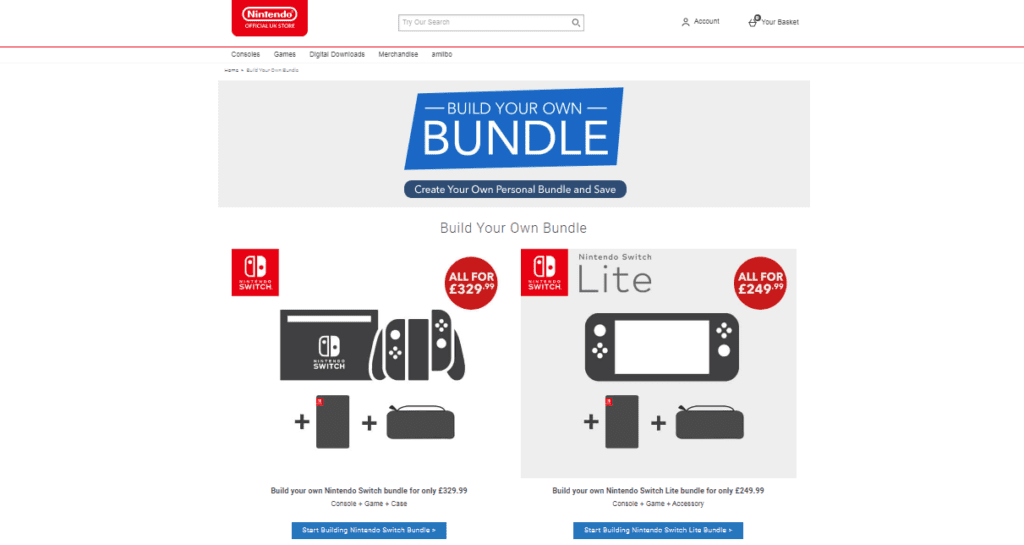
5- Dynamic Pricing
Dynamic pricing means adjusting the price based on occasion or trend. In psychological pricing strategies, you may increase or decrease the price. This up-and-down in price attracts customers, and your e-commerce business earns its profits during high hours.
Example
- Airline tickets become expensive during holidays or when there are fewer seats.
- Uber ride prices increase during peak hours or bad weather, called surge pricing.
Why it works
It allows the firm to capture profit by setting prices on demand. Customers also do not object to them, as they appear rational under conditions like high demand and availability in fewer quantities.

Importance of ethics in psychological pricing strategies
While you focus on different methods to increase your sales and ROI by implementing different pricing strategies, ethics and rules must also be kept in mind. You are not only selling products to one-time customers; you will also need to build strong relationships with customers to generate loyalty. You can build a very strong, loyal relationship with your consumers at the first purchase by offering them the best value at a reasonable price.
“Pricing is actually pretty simple. Customers will not pay literally a penny more than the true value of the product.”
Ron Johnson
When does pricing crosses the line?
Don’t try to scam your customers. For instance, if you charge unnecessary service or delivery charges at the end of the buying journey, the customer will become extremely frustrated and might never visit your website again.
Another aspect is lying about the original prices in the sale. It is a massive mistake if you mention the original price of a pen as $20 during the sale to make the discount sound bigger. Even with great sales, people can identify your trick and might never buy from you.
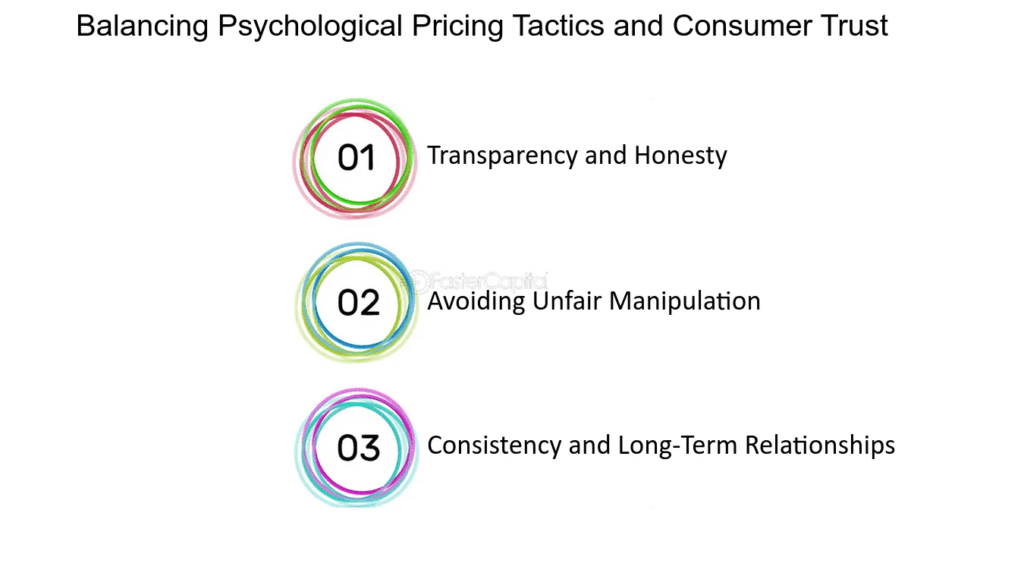
Bring Transparency
Tell your customer why your product is worth the price. If you are really selling a pen at $20, tell customers that it has a nice flow, does not consume much ink, has nice color, is stylish, is durable, and whatnot. This will help create transparency and build trust between you and your customer.
Examples of ethical pricing
Some brands set themselves apart through their commitment to transparency and fairness:
- Everlane: The clothing brand prides itself on “radical transparency” in materials, labor, and transportation costs for each garment.
- Costco: the retail wholesaler takes all the items along with a relatively low, steady markup so customers will not be ripped off.
- At IKEA, the bill would tell you how much you had to pay, and there would be no surprise costs or inflated discounts.
Conclusion
Effective psychological pricing strategies are a must for e-commerce businesses these days. You need to understand people’s behavior and mindset. Cognitive biases and emotions make a lot of difference in customer buying behavior.
You can use different strategies, such as price anchoring techniques, decoy pricing, charm pricing, dynamic pricing, and bundle pricing. All these strategies help attract customers and guide them to the final purchase. People find these things attractive and within their budget.
Subscribe to our weekly newsletter to get crispy CRO tips and marketing strategies that win millions of qualified leads with minimal marketing spend.
FAQs
-
What is the psychological pricing strategy?
Different people perceive in different ways. Millennials are always in search of bundles or low-priced items while some other people take a high-priced product as a luxury item. You need to analyze your potential market and customers before making your psychological pricing strategies.
-
How does Amazon use psychological pricing?
We usually see the pricing strategy; anchoring bias on Amazon. During sales, on Amazon we see price tags of products marked by a cross sign, and a discounted price is written after the actual price. This creates price anchoring bias.
-
Which is an example of psychological pricing?
– Everlane: The clothing brand prides itself on “radical transparency” in the costs of materials, labor, and transportation for each garment.
– Costco: the retail wholesaler takes all the items along with a relatively low, steady markup so that customers will not be ripped off.
– At IKEA, the bill would tell you how much you had to pay, and there would be no surprise costs or inflated discounts. -
What is price anchoring in economics?
This is a very common bias that we see in our daily lives. In this price anchoring bias, a product is set at a high price for some time and then, when the price is lowered, the consumers find it more interesting and appealing. This happens in most sales. Sometimes when we see a high-priced product in one shop and the same product in another shop but with a low price, we are convinced to buy the low-priced one. “Even if the price is not low enough”
-
What is Charm Pricing?
Charm pricing is when you set prices with a round number, for example, $9.99 instead of $10. It makes your products look cheaper because our brains fixate on the first number. It is one of the main used psychological pricing strategies.
